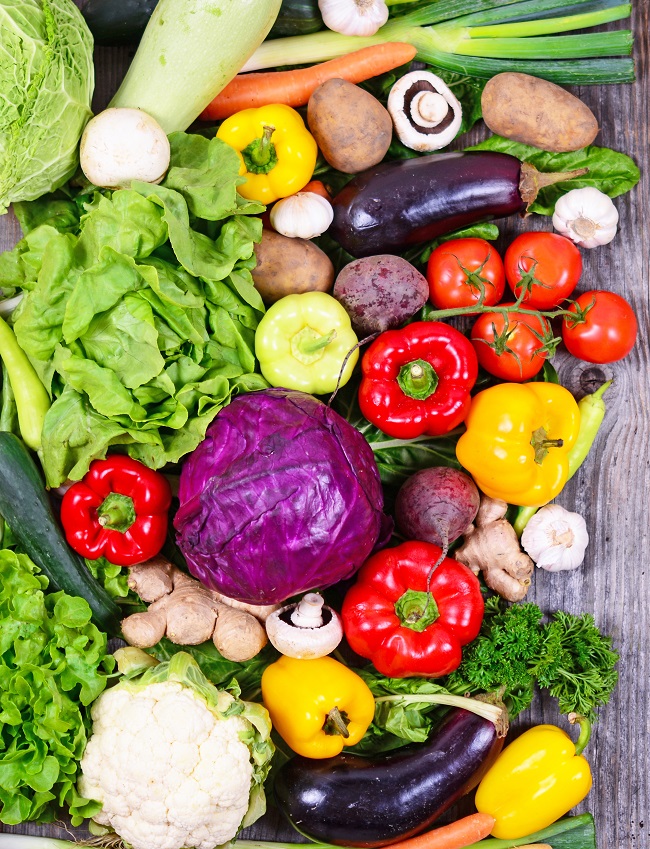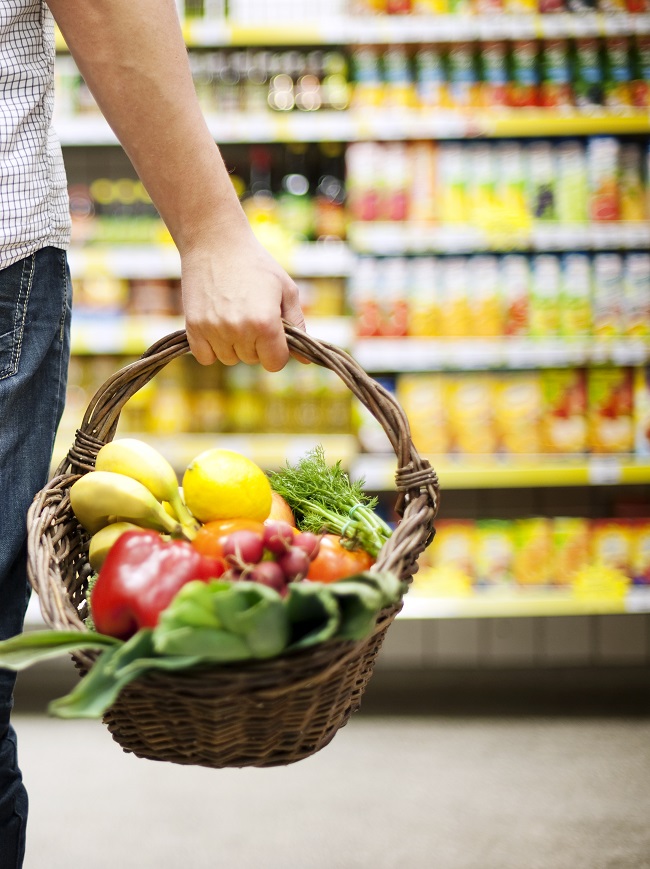
Visit our other sites
-
Fapas - Proficiency Testing
Globally recognised provider of proficiency tests, running over 400 tests annually across an extensive range of matrices and analytes
-
Great Crested Newts Testing
A single sample taken by an ecologist at any time during the newt breeding season can determine their presence or absence, saving you time and money
Fera is a UK National Reference Laboratory (NRL) for Pesticide Residues.

Fera has established a reputation for implementing new technologies, developing and validating new methodologies and extending the scope of existing methods in order to include new pesticide/matrix combinations. Fera also has a long history of providing comprehensive surveillance/monitoring services involving the use of multi-residue methods and single/selective methods for pesticides that are not amenable to multi-residue analysis.
Pesticide Residues analyses are performed for the UK competent authority, the Chemicals Regulation Directorate (CRD) and for commercial clients from the food manufacturing and retail industries.

Legal background
The concept of the European Union Reference Laboratories (EU-RLs, formerly CRLs) and National Reference Laboratories (NRLs) is laid down in the Regulation (EC) No. 882/2004 of the European Parliament and of the Council. The overall objective of the EU-RLs and NRLs is to improve the quality, accuracy and comparability of the results at official EU control laboratories.
Four EU-RLs were established in 2007, each covering a specific commodity or method category for the analysis of pesticide residues in food. These are:
- Cereals and feeding stuff
- Fruits and vegetables
- Single residue methods
- Food of animal origin
Fera is the UK NRL for:
- Cereals and feeding stuff
- Fruits and vegetables
- Single residue methods
Legal limits for the concentrations of pesticide residues in food are set by the European Commission. These are known as Maximum Residue Levels (MRLs). An expert committee, the Committee on Pesticide Residues in Food (PRiF), supported by the Chemicals Regulation Division (CRD), is responsible for monitoring the frequency and concentrations of residues in the UK food supply. CRD perform risk assessments on the residues found in the food to ensure that concentrations are within the safety limits (MRLs) and authorised for use on the crop and that there are no health concerns for consumers. CRD submit all UK monitoring data to the European Food Safety Authority (EFSA). EFSA evaluate the results submitted by each member state and publish the data from all member states along with their risk assessments.
Monitoring Programmes for Pesticide Residues in Food
Fera is one of three UK laboratories that undertakes the analysis of food samples for the UK national monitoring programme for the Defra Expert Committee on Pesticide Residues in Food (PRiF). This programme also incorporates the requirement for the EU Cooordinated multiannual control programme implementing Regulation (EU) No. 2017/660.
The European Food Safety Authority (EFSA) annually prepares a comprehensive report based on the residue results submitted by each member state: Pesticide residues in food: what's the picture in the EU?
Both the UK and EU programmes are undertaken to ensure compliance with Maximum Residue Levels (MRLs) as stipulated in Commission Regulation (EC) No. 396/2005, and to assess consumer exposure to pesticide residues in and on food of plant and animal origins.


Nominated EURLs for residues of pesticides
Cereals and feeding stuffs
National Food Institute
Department of Food Chemistry
Danish Technical University (DTU)
DK-2860 Soeborg
Denmark
Food of animal origin and commodities with high fat content
Chemisches und Veterinäruntersuchungsamt (CVUA) Freiburg
Postfach 100462
D-79123 Freiburg
Germany
Fruits and vegetables, including commodities with high water and high acid content
Laboratorio Agrario de la Generalitat Valenciana (LAGV)
Grupo de Residuos de Plaguicidas de la Universidad de Almería (PRRG)
LAGV: E-46100 Burjassot-Valencia
PRRG: E-04120 Almería
Spain
Single residue methods
Chemisches und Veterinäruntersuchungsamt (CVUA) Stuttgart
Postfach 1206
D-70702 Fellbach
Germany
Pesticide Residue Levels - Regulations and Risk Assessment
Maximum Residue Levels (MRLs)
Chemicals Safety Directorate definition
Maximum Residue Level (MRLs) are legal limits on pesticide residues in food. They are the maximum residue levels likely to be left in food after it has been treated with a pesticide. They assume that the user:
- used the pesticide according to its label conditions; and
- followed 'Good Agricultural Practice' (GAP)
MRLs provide a check that GAP is being followed and help international trade.
European Food Safety Authority (EFSA) definition
Maximum Residue Levels (MRLs) are the upper legal levels of a concentration for pesticide residues in or on food or feed based on good agricultural practices and to ensure the lowest possible consumer exposure.
Commission Regulation (EC) No. 396/2005 lists 320 defined commodities for which more than 152,000 MRLs have been set. Any commodity/pesticide combination for which there is no authorisation will automatically have a default value of 0.01 mg/kg.
For baby food, the European legislation is more restrictive than for other food categories as no more than 0.01 mg/kg of any single pesticide residue is permitted in baby food samples.
Foods derived from commodities that comply with the respective MRLs are intended to be toxicologically acceptable. If MRLs are exceeded this may indicate that GAP has not been performed. When an MRL is exceeded, comparison of consumer exposure with the Acceptable Daily Intake (ADI) and/or Acute Reference Dose (ARfD) will indicate whether, or not, there are possible chronic or acute health risks.
Acceptable Daily Intake (ADI)
The acceptable daily intake is the amount of a substance which can be ingested every day of an individual's entire lifetime, in the practical certainty, on the basis of all known facts, that no harm will result. The ADI is expressed as milligrams (mg) of chemical per kg body weight of the consumer. The ADI is derived from the most appropriate No Observed Adverse Effect Level (NOAEL) by applying an assessment factor normally 100.
Acute Reference Dose (ARfD)
This is intended to define (on the basis of all known facts at the time of the evaluation) an estimate of a chemical substance in food (or drinking water), expressed on a bodyweight basis, that can be ingested over a short period of time, usually during one meal or one day, without appreciable health risk to the consumer Joint FAO/WHO Meeting on Pesticide Residues (JMPR).

Methods of Analysis
The majority of pesticides can be analysed using multi-residue methods of analysis (MRMs) based on GC-MS and/or LC-MS instrumentation. Pesticides that are not amenable to MRMs, typically polar analytes or pesticides with multi-component complex MRLs, are analysed using more selective or single residue methods (SRMs). Details of both MRMs and SRMs are provided at the EU-RL website.
Accreditation
All official laboratories within the EU are expected to be accredited to ISO 17025. Fera is accredited for a number of MRM and SRM methods covering a large number of pesticides and their metabolites in a wide variety of foods and beverages. A copy of Fera's UKAS schedule of accreditation is available.
Method Validation and Quality Control Procedures
The latest Guidance document on analytical quality control and validation procedures for pesticide residues analysis in food and feed provides guidance to laboratories that are involved in the official control of pesticide residues in food and feed within the European Union.
The key objectives of this document are:
i) to provide a harmonised cost-effective quality assurance system in the EU
ii) to ensure the quality and comparability of analytical results
iii) to ensure that acceptable accuracy is achieved
iv) to ensure that false positive or false negative results are avoided
v) to support compliance with, and specific implementation of, ISO/IEC17025 (accreditation standard)
Learn More
To speak with us about this service, or for any other services, please contact us below, or phone our experts on:
+44 (0)300 100 0323

Copyright © 2025 Fera Science Limited (“Fera”). All rights reserved.
For further information about how Fera uses any personal data collected from you, please see our Privacy Notice at www.fera.co.uk/privacy-policy.


